Bitcoin may be the most well-known cryptocurrency, but it’s not the only one. While it remains the giant of the crypto market with a capitalization of 1,306,702,364,325 USD, there are a host of other cryptocurrencies apart from Bitcoin which also have the potential for decent investment returns. These cryptocurrencies are referred to as altcoins.
What are altcoins? Any cryptocurrency coin other than Bitcoin is an altcoin. In other words, if it’s not Bitcoin, it’s an altcoin; that is, an alternative to Bitcoin. Altcoins is the short form for alternative coins. Understanding what altcoins are is essential for anyone looking to diversify their cryptocurrency portfolio. In this guide, you’ll learn about popular altcoins and their uses, as well as how altcoins differ from Bitcoin. Let’s ride!
What are Altcoins?
In its simplest form, altcoins are cryptocurrencies other than the oldest Bitcoin (BTC) cryptocurrency. Altcoins (the combination of “alternative” and “coins”) derive their name from the fact that they are alternatives to bitcoins.
Bitcoin is the oldest cryptocurrency and has dominated the crypto market to the point that it’s considered the original cryptocurrency. As a result, every other coin that came after it is considered a secondary, alternative to the original cryptocurrency, Bitcoin. From this vantage point, Ethereum, Litecoin, and the host of other coins that exist, apart from Bitcoin, are described as altcoins.
However, there’s a caveat to this definition: some people do not consider Ethereum an altcoin. They believe altcoins refer to all cryptocurrencies other than Bitcoin and Ethereum (ETH). This is because Ethereum has become a force in the blockchain universe, bringing in innovations such as decentralized applications (dapps) and smart contracts. Also, most cryptocurrencies are forked from either Bitcoin or Ethereum.
To create a balance, one can refer to an “altcoin” as any crypto that’s not Bitcoin—or Bitcoin and Ethereum. Released in April 2011, three years after Bitcoin, Namecoin (NMC) was the first altcoin; it was designed to be an alternative currency to Bitcoin. Litecoin came along in October 2011, though it was created from the Bitcoin source code.
Today there are thousands of altcoins in circulation, each with its underlying technology and purpose. One important thing to note about altcoins is that, unlike Bitcoin, altcoins offer a variety of use cases. Aside from serving as a medium of exchange, some altcoins serve as in-game currencies, while others give their holders the right to vote and influence decisions about the protocol.
There are different types of altcoins, depending on what they’re designed for.
Types of Altcoins
Below are the different types of altcoins and their uses.
Currency
This is otherwise known as a payment token. Currency is the most commonly known use of crypto coins as an exchange for value. You can use currencies to purchase goods and products online.
Stablecoins
Stablecoins are coins backed by a reserve, either a fiat, a stable commodity such as gold, or another cryptocurrency. This type of altcoin is designed to reduce the overall volatility of the crypto market and enforce price stability. As such, their values are pegged to other financial instruments or assets.
Tether’s USDT, MakerDAO’s DAI, and USDC are all assets backed by the US dollar, attempting to mimic its value. The USDT stablecoin is pegged to the US Dollar at 1:1, meaning that 1 USDT equals $1.
Utility Tokens
Utility tokens are created for specific purposes, usually to provide exclusive services to network participants. They’re typically used to raise funds for a crypto project through a process called ” the initial coin offering.” In an initial coin offering, investors are issued cryptocurrency tokens in exchange for their financial contribution to the crypto project. These tokens give them exclusive access to some products and services within the network.
Ether (ETH) is a good example of a utility token. It is designed to be used in the Ethereum blockchain and virtual machine to pay for transactions. Filecoin is also a utility token, created to let investors buy storage space on a network and secure the information. You can purchase and hold utility tokens on exchanges, but they are mainly designed to be used in their respective blockchain network to keep them functioning.
Security Tokens
Unlike utility tokens which do not give you an ownership stake in the project, security tokens represent ownership or stake. Although they can be used as a representation for fundraising efforts, they also give holders a stake in an asset. This means that much like owning stock from the company, holders are entitled to a share from the profits of the asset.
Typically, security tokens represent a transfer of value, rights of ownership, or promise of returns that are tokenized on a blockchain. Tokenization is the transfer of value from an asset to a token, making the token a representation of value. Security tokens are regulated by the Securities and Exchange Commission (SEC) because they are designed to act as securities.
Meme Coins
Also known as community coins, meme coins are inspired by memes. These coins derive their existence from internet phenomena, popular memes, jokes or silly takes on other known cryptocurrencies.
Although lacking any real underlying value, these coins have gained massive popularity in the digital currency space. Meme coins typically gain popularity quickly, often hyped online by prominent investors or crypto enthusiasts attempting to exploit short-term gains.
They’re highly volatile and characterized by extreme changes in value over short periods, driven by the current buzz surrounding the token. Dogecoin (DOGE) is one of the foremost and most popular meme coins. It was created in 2013 as a joke to make fun of the mainstream cryptocurrencies, featuring the iconic Shiba Inu dog meme. Shiba Inu quickly followed suit, inspired by Dogecoin, Shiba Inu features the same breed of dog as its mascot.
Governance Tokens
Governance tokens play a vital role in decentralized finance (defi). They are cryptocurrencies that give holders voting rights to decide the future of the project. If you own a governance token, you can have a say in the decisions of a decentralized autonomous organization (DAO) or vote for changes to protocols.
They’re typically native to a private blockchain and useful within the blockchain to keep it functioning.

5 Top Altcoins and Their Uses
The crypto market comprises thousands of altcoins. Here’s a couple of the top altcoins:
Ethereum (ETH)
Launched in July 2015, Ethereum introduced a programmable blockchain for developers to use. Ethereum is the first programmable blockchain, enabling smart contracts and decentralized applications (dApps) to be built and run without a third party, downtime, or fraud.
Ethereum was originally intended to create a decentralized suite of financial products that will be accessible to anyone in the world. Due to the great innovation it brought into the crypto space many people do not classify it as an altcoin. It quickly rose to the second-largest cryptocurrency after Bitcoin.
Ethereum’s native coin either. Ether (ETH) is used to pay validators who stake their coins for their work for the blockchain, as a payment method off-chain, and as an investment by speculators. ETH is currently the second-largest digital currency by market capitalization after Bitcoin
Tether (USDT)
Launched in 2014, Tether was one of the first and most popular of the stablecoins. Tether and other stablecoins attempt to smooth out dramatic volatility and price fluctuations in the market to encourage investors.
Tether’s price is backed by the U.S. dollar and for every one USDT equals $1. This allows users to easily make transfers from other cryptocurrencies back to U.S. dollars and takes away the inconvenience of converting to standard currency first.
Little wonder Tether effectively mitigates the volatility and complexity often associated with digital currencies by enabling the blockchain network to transact in traditional currencies. Tether describes itself as “a blockchain-enabled platform…to make it easier to use fiat currency digitally.” Tether is currently the third-largest cryptocurrency by market capitalization of 112,501,234,559
Binance Coin (BNB)
Binance Coin (BNB) is a utility cryptocurrency and the fourth-largest cryptocurrency by market cap. Utility coins are used on the exchange on which they’re built to facilitate services. BNB serves as a payment method for the trading fees on the Binance Exchange and users who use the token for this purpose get to trade at a discount.
Binance Coin was initially an ERC-20 token that operated on the Ethereum blockchain. It eventually launched a mainnet and used a PoS consensus model. On July 22, 2023, Binance Coin had a $37.3 billion market capitalization, with one BNB valued at around $242.55.
USD Coin (USDC)
USD Coin was launched in September 2018 as a stablecoin. Similar to Tether, USDC is pegged to the U.S. dollar using fiat-collateralized reserves, which means it holds an amount of fiat currency equal to the amount of USD Coin in circulation. USDC is governed by Centre, a consortium that includes Coinbase Global, Inc., making it a regulated stablecoin
Cardano (ADA)
Cardano (ADA) is a proof-of-stake general-purpose cryptocurrency created in 2015. The coin is quite unique in the space, being born out of an innovative peer-review academic approach. The project was co-founded by Charles Hoskinson, who was a founding member of the Ethereum network. Hoskinsin played a vital part in the early development of Ethereum (ETH) and so, approached the Cardano project with a solution mindset.
Cardano targeted the common scalability issues faced by most “second-gen” blockchains such as Ethereum. As such, Cardano is considered a “third-generation” blockchain. Whereas previous-generation blockchains are liable to high transaction fees and low TPS (transactions per second), Cardano makes up for these shortcomings. It provides a truly decentralized, low-fee, high-TPS Proof of Stake (PoS) network solution.
However, Cardano is still in its early stages, with a long way to go regarding DeFi applications.
Altcoins vs. Bitcoin; How Does Bitcoin Differ From Altcoins?
There are a few things that differentiate Bitcoin from altcoins:
Longevity
Bitcoin has been around since 2009. It was the first digital asset and considered the original cryptocurrency. The first altcoin was released in 2011, and since then many other altcoins have been released.
Value
Although Bitcoin is volatile, as all cryptocurrencies are, it has gained a strong ground in the crypto universe. Bitcoin remains the most valuable cryptocurrency in the world with a market cap of over 1.3 trillion and comprises over 50% of the entire digital asset market cap. Altcoins tend to offer a higher risk and reward as a cryptocurrency investment. They have more room for growth but also a higher chance of failure.
Use case
Altcoins offer diverse use cases, unlike bitcoin which primarily serves as a medium of exchange. The first altcoin originally sought to improve on the limitations of Bitcoin. Today they have become more advanced, offering suite use cases. In terms of transaction costs and speed, many altcoins are far better options than Bitcoin.
Volatility
Due to Bitcoin’s prominence and greater market liquidity, it exhibits lower volatility, making it a less risky investment. Altcoins are more volatile and prices can change as a result of the slightest news, shifts in the market behavior, or technological advancements. While this makes it a more risky investment, it can also allow you to exploit short-term gains.
Want to learn more about Bitcoin? Read up on everything about Bitcoin here.
Bottom Line
Altcoins are any cryptocurrency apart from Bitcoin (or Ethereum). If you’re looking to diversify within the cryptocurrency market, altcoins can be a less expensive option than Bitcoin. Generally, some altcoins offer more use cases than Bitcoin, which is a good sign. Also, since they aren’t as prominent, they could see significant price boosts if they catch on.
However, you must do your due diligence. Because there are a thousand and one altcoins in the crypto space it can be very challenging to pick out one that has a very good chance of catching on. Not only are there many altcoins, but some of them are scams. You might end up losing your money in the process.
Furthermore, altcoins are highly volatile, so you should consider your risk tolerance. If you’re targeting low-risk investments, then alts might not be for you. It’s always best to approach all cryptocurrency investments cautiously.
Any further questions about altcoins? Let us know in the comments. We’re glad to help!
Looking for an exchange that offers your favorite altcoin? You’re safer when transacting on the Zypto App. It offers high liquidity, lightening-fast and low-fee cross-chain swaps, effortless buying of thousands of crypto currencies alongside numerous off and on-ramp options.

FAQs
What is the difference between altcoin and Shitcoin?
Altcoin is a term used to describe any cryptocurrency other than Bitcoin.
Shitcoin is a derogatory term for altcoins that are considered to have no value, poor development, or are seen as scams or worthless investments.
Are altcoins the future?
Altcoins have the potential to play a significant role in the future of the cryptocurrency ecosystem, offering various use cases, technological innovations, and solutions that Bitcoin does not.
However, their success depends on widespread adoption, regulatory developments, and the ability to deliver on their promises.
Do altcoins rise with Bitcoin?
Often, altcoins tend to rise with Bitcoin due to the overall market sentiment and investor behavior, as Bitcoin usually leads the cryptocurrency market.
However, individual altcoins can also have their own price movements based on specific news, developments, or unique use cases.
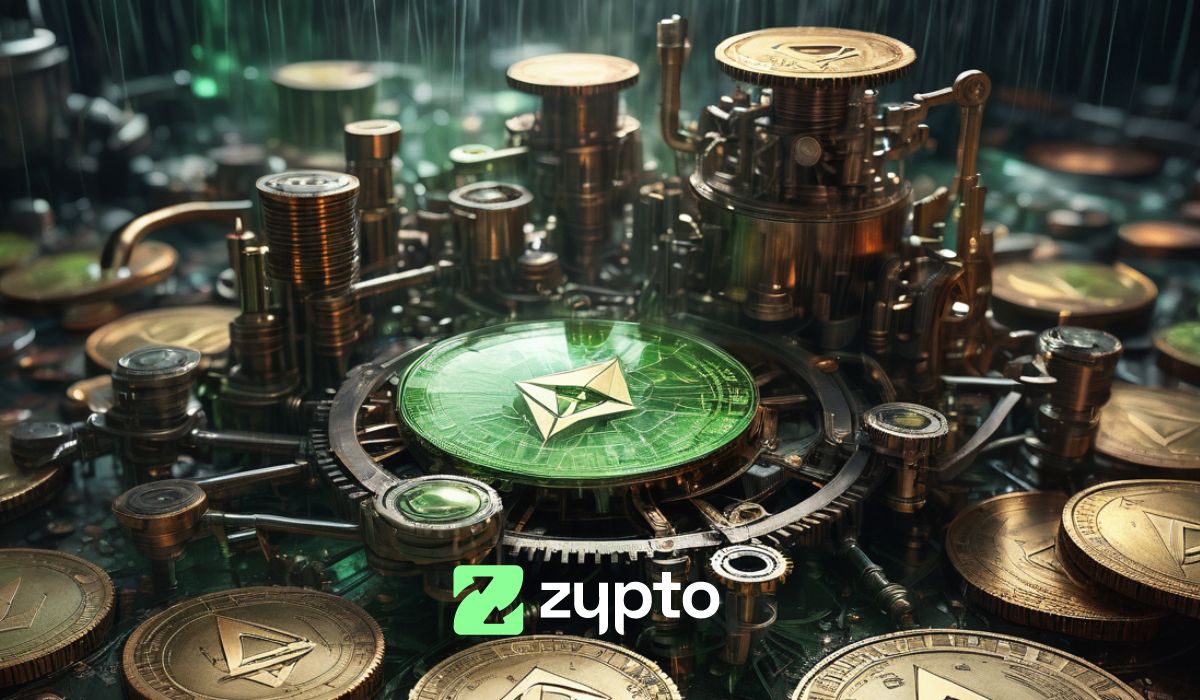
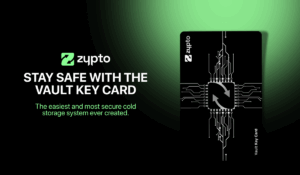


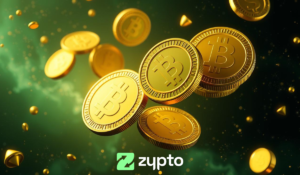


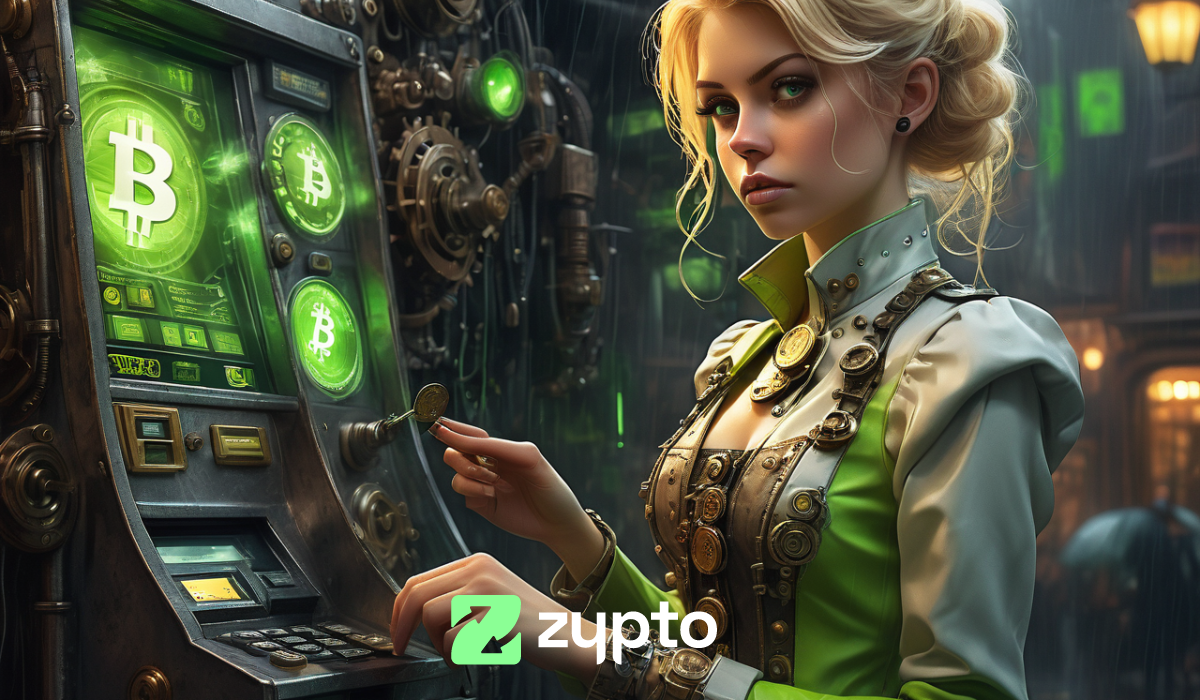


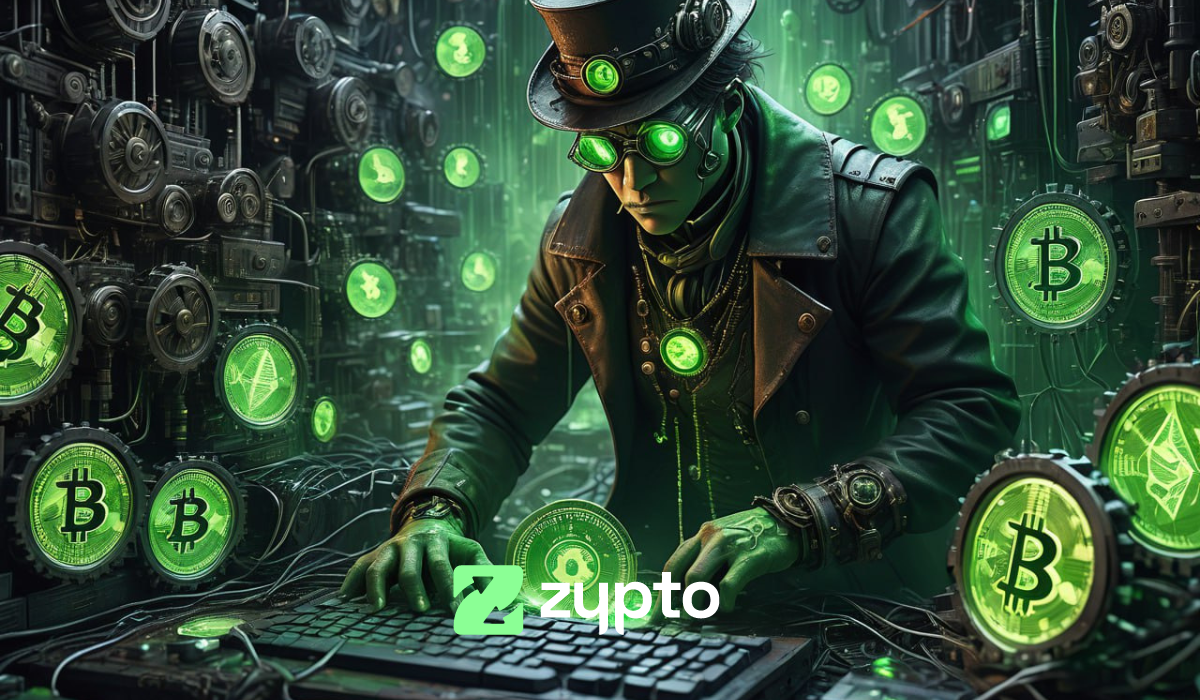
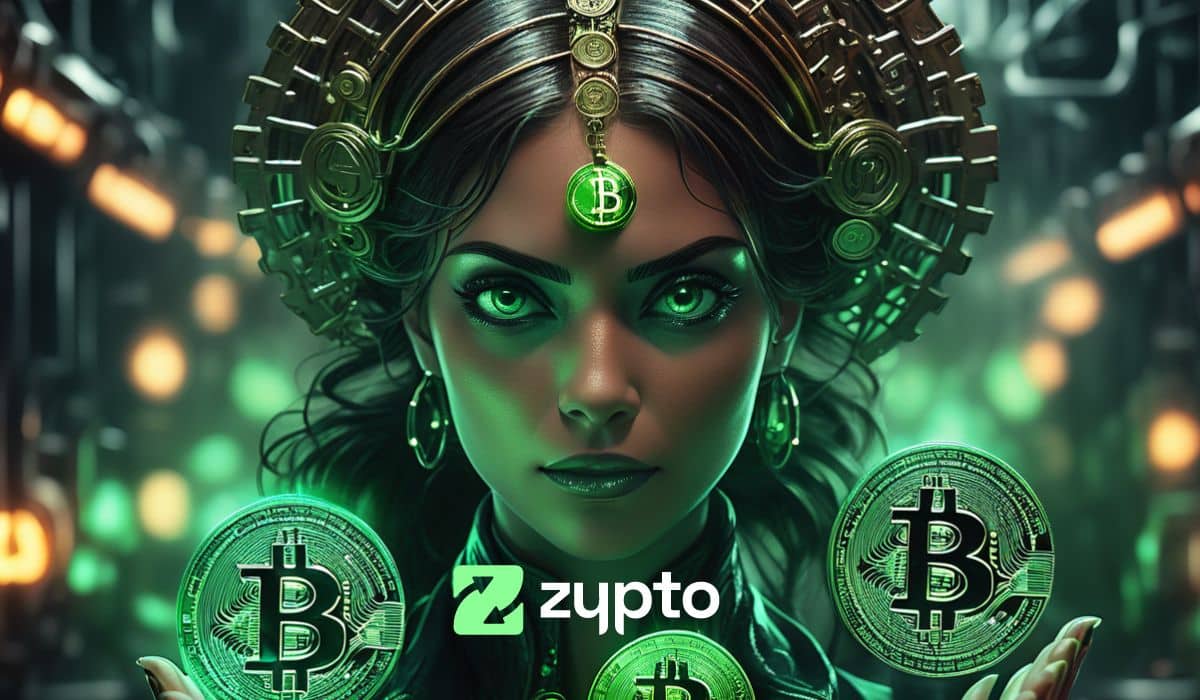
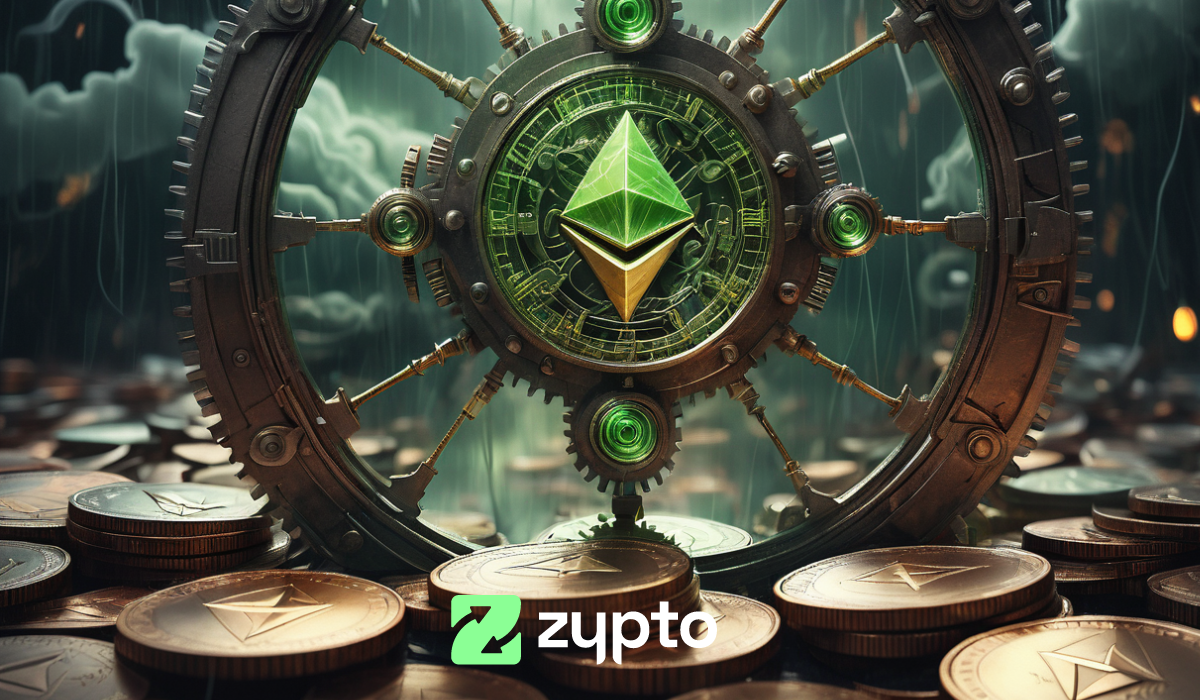

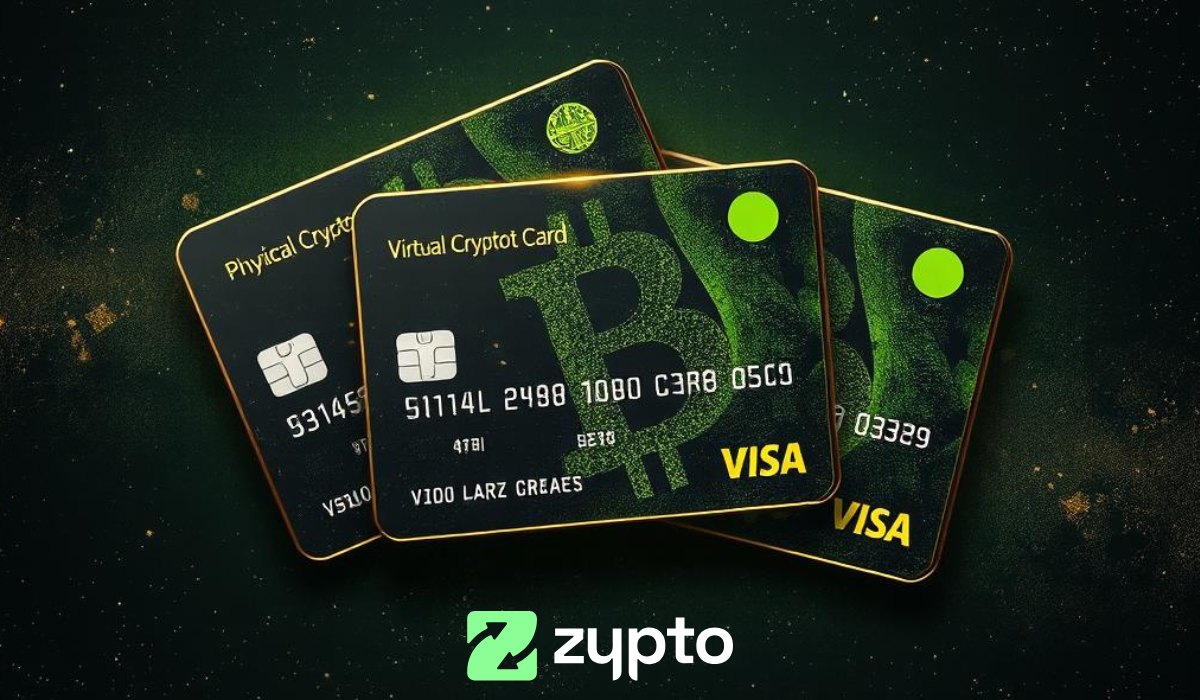
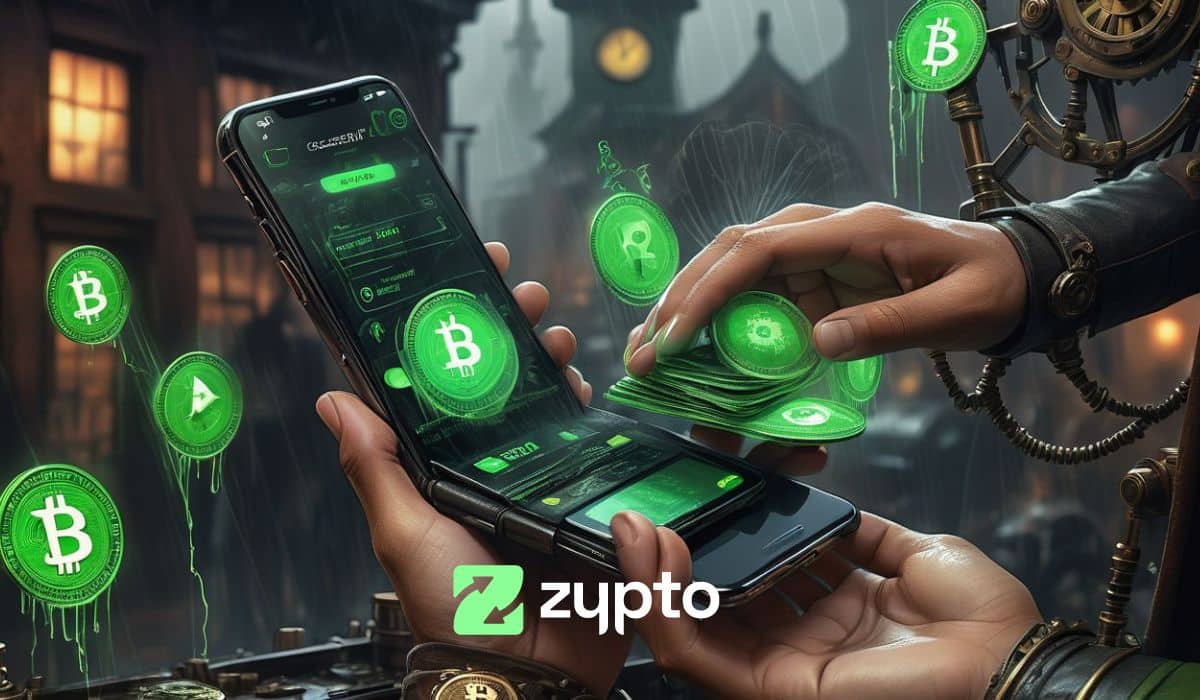









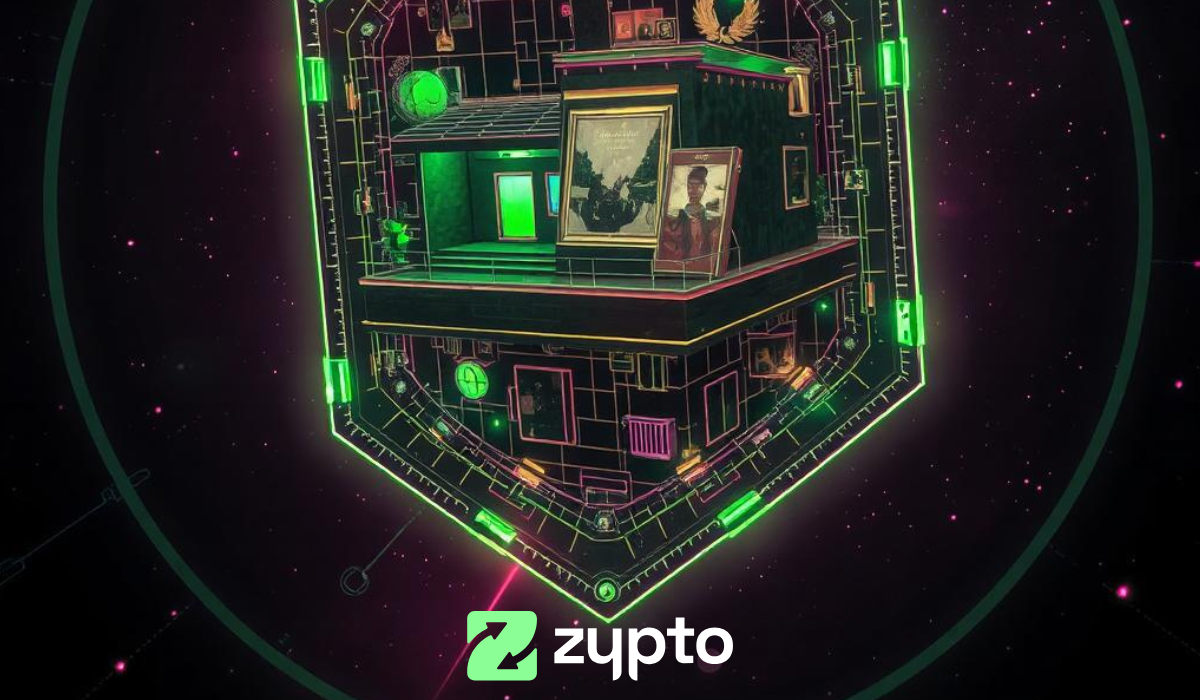
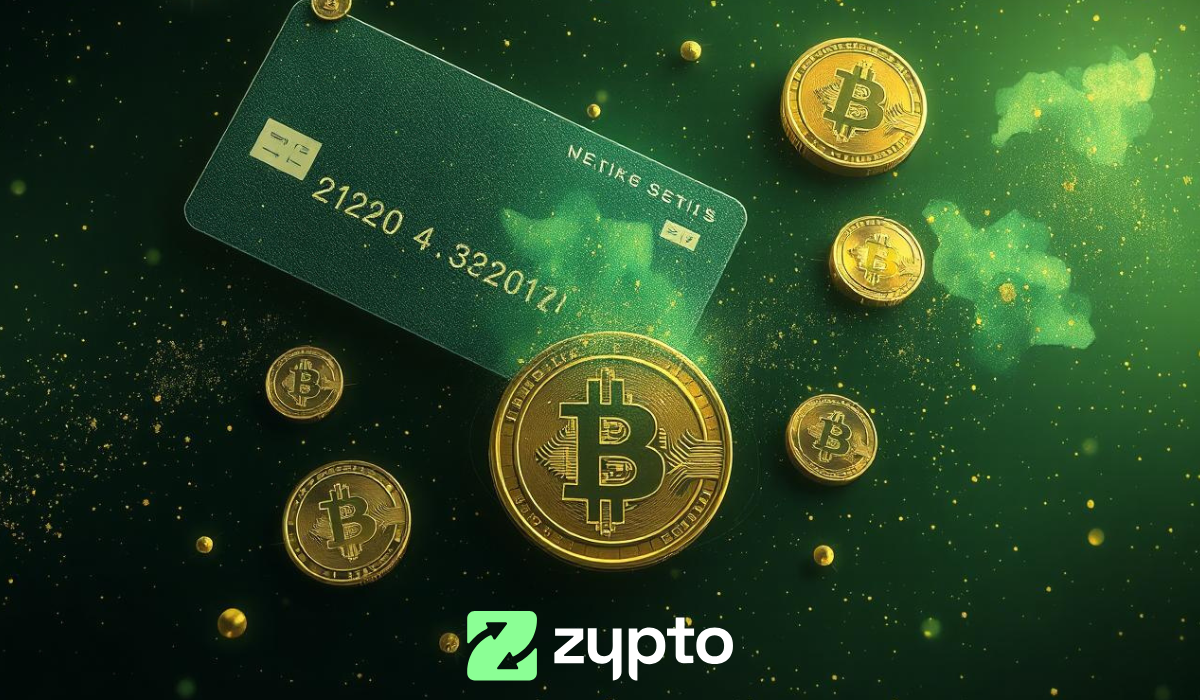



0 Comments